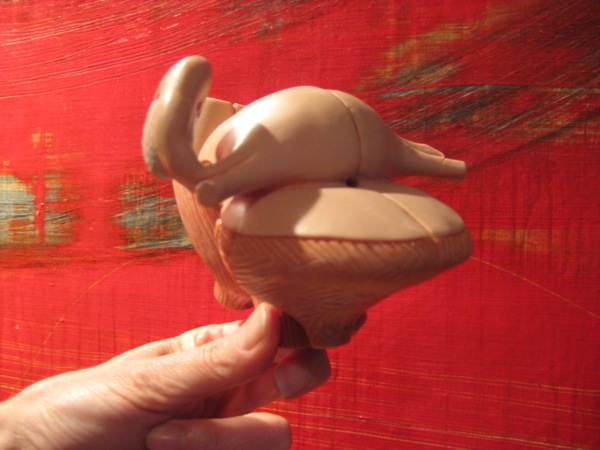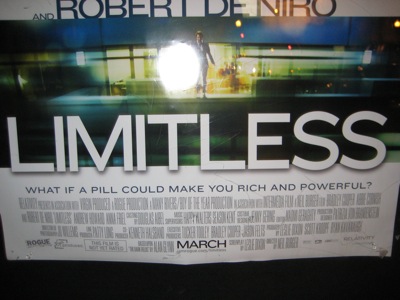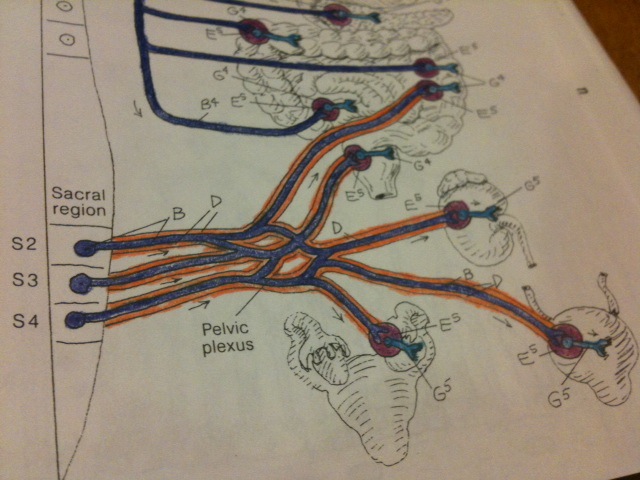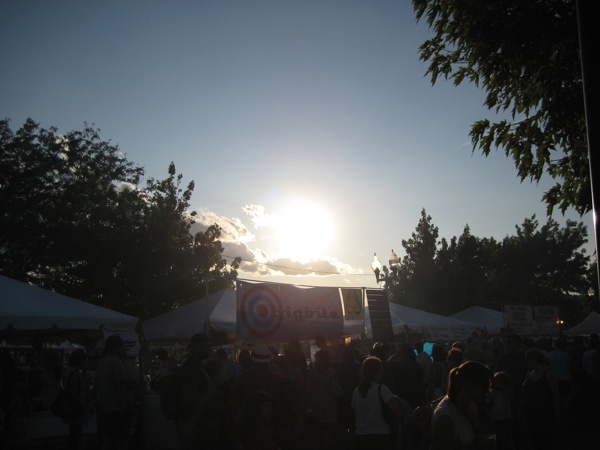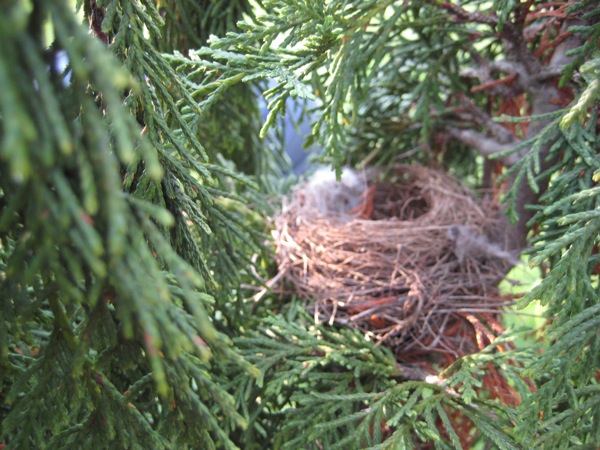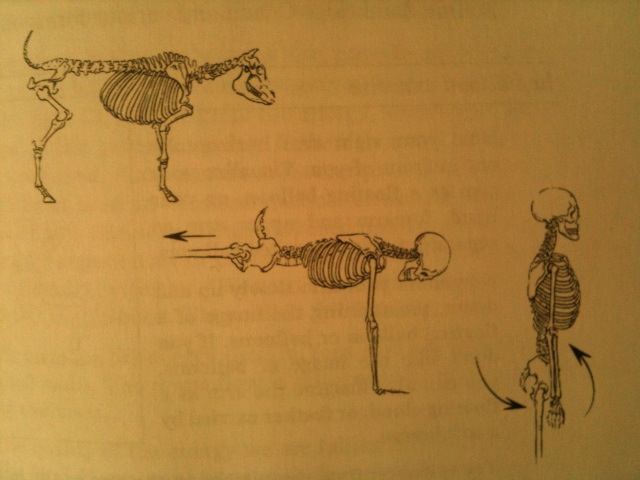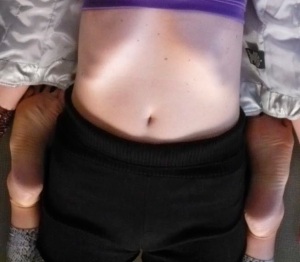 The last time I saw Leslie Howard I heard her say something about Maya Abdominal Massage—we didn’t even talk about it exactly, but I filed it away as something I wanted to try.
The last time I saw Leslie Howard I heard her say something about Maya Abdominal Massage—we didn’t even talk about it exactly, but I filed it away as something I wanted to try.
Pretty soon after that I was having lunch with a friend, and having a conversation about the pelvic floor (which is not unusual for me) and I realized that Maya Abdominal Massage might be helpful for my friend. So I resolved to find out more about this and to see if it was available in Chicago. I found Shungo, right in my friend’s neighborhood which happens to be adjacent to my neighborhood, too!
So at our next lunch date I mentioned this to my friend, and shared the good fortune of the place being so close by and so on. And I shared that I might go, too. This is what I’m really getting at is that I was really interested, but it fueled my interest to include potential help for my friend in my search, too.
The abdominal massage has really changed my perception of my body. Just as Leslie Howard‘s workshops have changed my world by bringing awareness to my pelvic floor, so also has the abdominal work unleashed even more potential.
One of the important aspects of Leslie’s teaching is about the necessity of being able to relax and soften the pelvic floor—many women unknowingly have already gripping pelvises. The usual emphasis on tightening and strengthening can complicate an already gripping pelvic floor. So what’s really important is for a woman to know what is up with herself. This way she can practice techniques that will really fortify her root. This way she will know whether she really needs to strengthen or stretch and relax her pelvic floor.
What I have found for myself is that the pelvis doesn’t necessarily grip evenly—sometimes one side is tighter than the other. This might be similar to how low back tightness can be gripping on one side and not the other. And there is a similarity—in my perception—to abdominal gripping. There are hot-spots or tension spots in my abdomen that I am learning to become friendly with. The recent abdominal massages that I have received and have also learned to do on myself have really helped with my self-awareness. I have discovered that my abdomen has been blocking some of the potential work in yoga, and as I learn to release these blocks things are moving much more smoothly.
I feel like my abdomen is waking up!
The pelvic floor work set a foundation, and the abdominal work (on releasing the tension hot-spots) is releasing all kinds of crazy fuel for the potential of blasting off into new realms of self-discovery.

